Multi Exercise Chair
Multi Exercise Chair Specification
- Usage
- Commercial
- Design
- Other
- General Use
- Commercial Furniture
- Material
- Iron
- Feature
- High quality
- Regional Style
- Indian Style
- Height
- Foot (ft)
- Type
- Multi Exercise Chair
- Dimension (L*W*H)
- Centimeter (cm)
- Origin
- India
- Metals Type
- Iron
- Weight
- Typically range from 100kg-200kg Kilograms (kg)
- Maximum Loading
- 100kg -200kg Kilograms (kg)
Multi Exercise Chair Trade Information
- Minimum Order Quantity
- 1 Unit
- Payment Terms
- Cash in Advance (CID)
- Supply Ability
- 10 Units Per Day
- Delivery Time
- 7 Days
- Main Domestic Market
- All India
About Multi Exercise Chair
A multi-exercise chair is a versatile piece of fitness and rehabilitation equipment designed to facilitate a wide range of exercises, often in a seated or supported position. It's particularly common in physiotherapy clinics, rehabilitation centers, and increasingly, for home use due to its compact design and multi-functionality.
Here's a detailed description:
Core Components and Features:
- Sturdy Frame: Typically constructed from durable materials like mild steel or stainless steel, providing stability and support during exercises.
- Adjustable Seat and Backrest: The seat and backrest are usually padded for comfort and can be adjusted to various angles (often 0 to 90 degrees) to accommodate different exercises and patient needs. Stabilizing straps may also be included for added security.
- Pulley Systems: A key feature, multi-exercise chairs often incorporate multiple pulley systems. These can include:
- Overhead pulleys: For exercises targeting the shoulders, elbows, and upper body, often with adjustable width and vertical positioning.
- Floor-level pulleys: For lower limb exercises.
- Pulleys for standing exercises: Some models may offer this for a wider range of movements.
- Weight Pan/Plates: Resistance is typically provided by a system of weight plates (e.g., 0.5 kg, 1 kg) that can be added or removed to adjust the intensity of the exercises.
- Attachments and Accessories: These chairs are designed to be highly adaptable and may come with various attachments for specific exercises, such as:
- Handles and foot straps
- Ropes
- Quadriceps tables (for targeted quad and hamstring exercises)
- Shoulder wheels
- Wrist rollers
- Finger ladders
How it Works and What it Does:
The multi-exercise chair allows users to perform a variety of exercises, including:
- Reciprocal motion exercises: For joints like the elbow, shoulder, knees, and hips, promoting flexibility and range of motion.
- Resistive exercises: Utilizing the weight plates and pulleys to build muscle strength.
- Assistive exercises: Where the pulley system can help guide or support movements, particularly beneficial for rehabilitation.
- Stretching: Active stretching of muscle groups like quadriceps and hamstrings.
- Core strengthening: Many exercises can engage the core muscles.
- Balance training: While primarily seated, some variations or specific attachments might contribute to balance improvement.
Benefits of a Multi-Exercise Chair:
- Versatility: Offers a comprehensive platform for a full-body workout, targeting various muscle groups and joints.
- Space Efficiency: Combines multiple functions into one piece of equipment, making it ideal for smaller spaces in clinics or homes.
- Rehabilitation Focus: Widely used in physiotherapy for post-operative recovery, muscle strengthening, improving flexibility, and neurological rehabilitation.
- Customizable Workouts: Adjustable features and interchangeable attachments allow for tailored exercises to suit different fitness levels, body types, and rehabilitation needs.
- Safety and Support: Provides a stable and ergonomic platform, reducing the risk of injury, especially important for individuals with limited mobility or those undergoing recovery.
- Convenience: Allows for workouts at home or in a clinical setting, offering flexibility for exercise routines.
- Improved Outcomes: Supports effective therapy sessions, contributing to faster recovery times and better patient outcomes.
Target Users:
Multi-exercise chairs are beneficial for:
- Physical therapy patients: Recovering from injuries, surgeries, or seeking to improve mobility and strength.
- Elderly individuals: Providing a safe and low-impact way to maintain strength, flexibility, and overall well-being.
- Home fitness enthusiasts: Looking for a compact and versatile piece of equipment for varied workouts.
- Gyms and fitness centers: As a multi-functional tool to maximize space and offer diverse exercise options.
In essence, a multi-exercise chair is a comprehensive and adaptable piece of equipment that serves as a valuable tool for both fitness and therapeutic purposes, allowing for a wide range of movements with adjustable resistance and support.
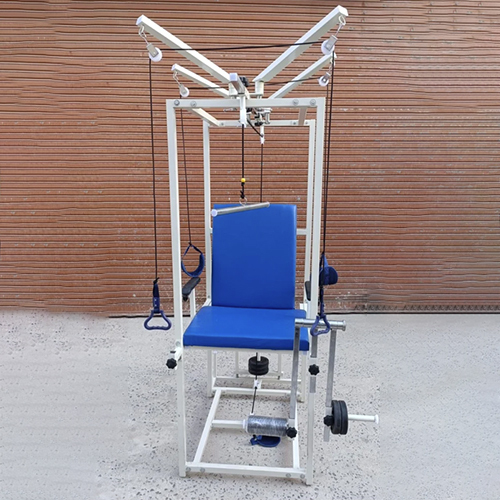

Price:
- 50
- 100
- 200
- 250
- 500
- 1000+
More Products in Hospital Furniture Category
Mild Steel Physiotherapy Suspension Bed
Price 18000 INR / Unit
Minimum Order Quantity : 1 Number
Material : Mild Steel
Regional Style : Indian Style
Feature : Corrosion Resistance
Maximum Loading : 150 Kilograms (kg)
High Low Treatment Table
Price 30000.0 INR / Unit
Minimum Order Quantity : 1 Unit
Material : Iron
Regional Style : Indian Style
Feature : EcoFriendly, Water Resistance, Durable, Adjustable Height
Maximum Loading : 210 Kilograms (kg)
Examination Wooden Hospital Couch
Price 7500.0 INR / Piece
Minimum Order Quantity : 1 Piece
Material : Mild Steel
Regional Style : Indian Style
Feature : High quality
Pediatric CP Walker
Price 6000 INR / Piece
Minimum Order Quantity : 10 Pieces
Material : Fiber and Steel
Regional Style : Indian Style
Feature : Adjustable Height, EcoFriendly
Maximum Loading : 150 Kilograms (kg)
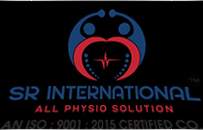

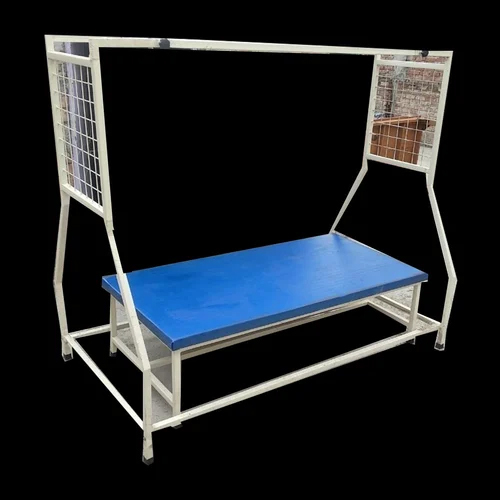
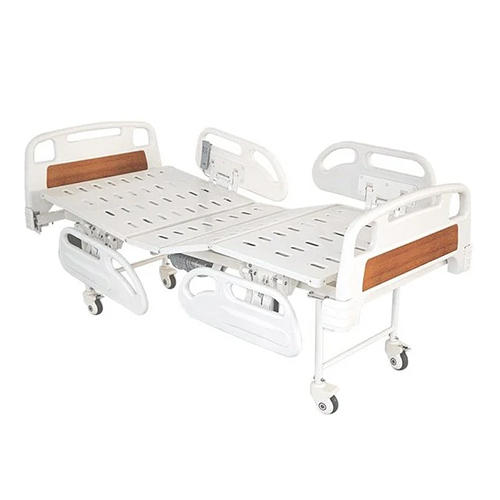

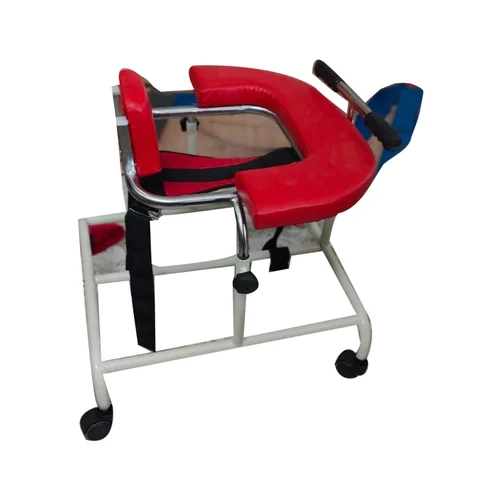


 Send Inquiry
Send Inquiry Send SMS
Send SMS